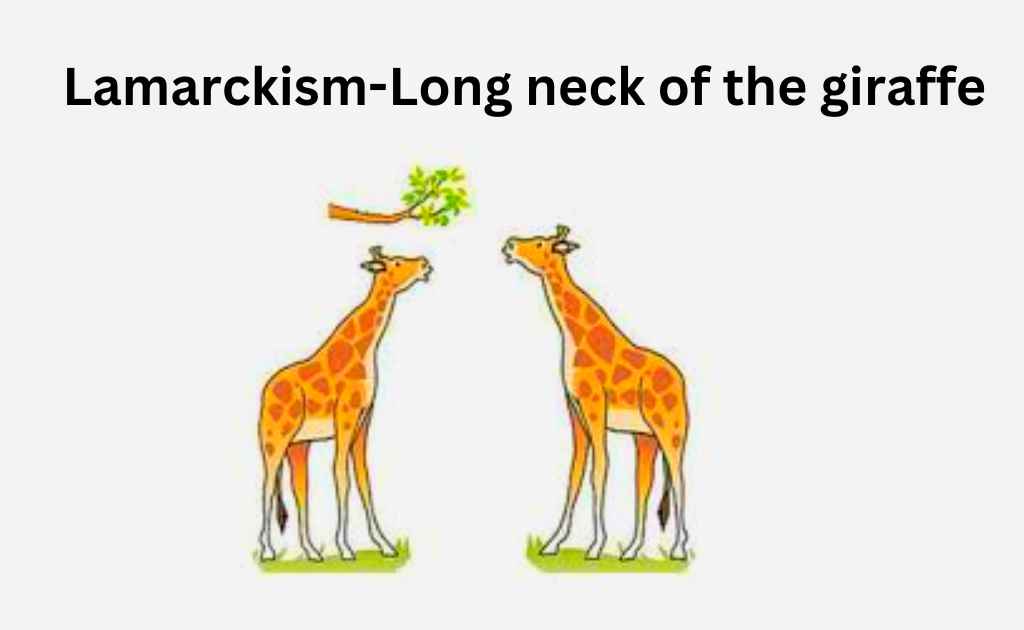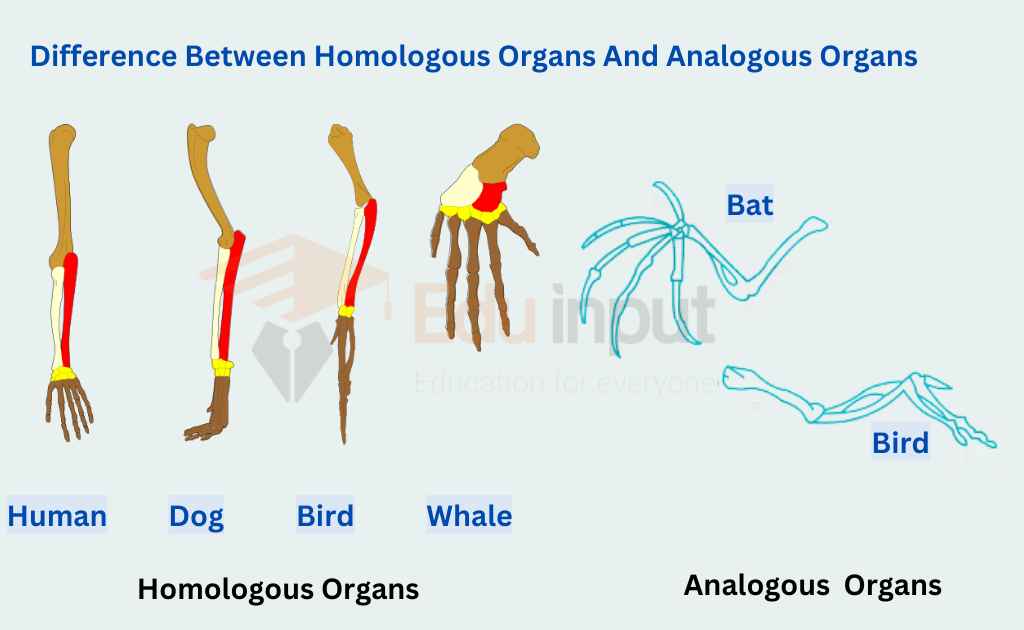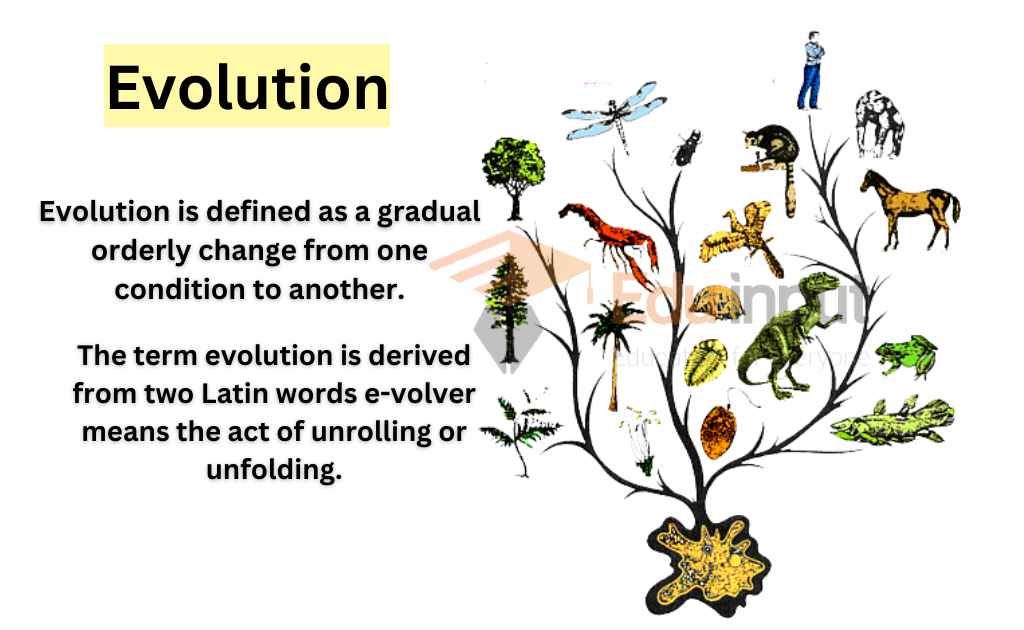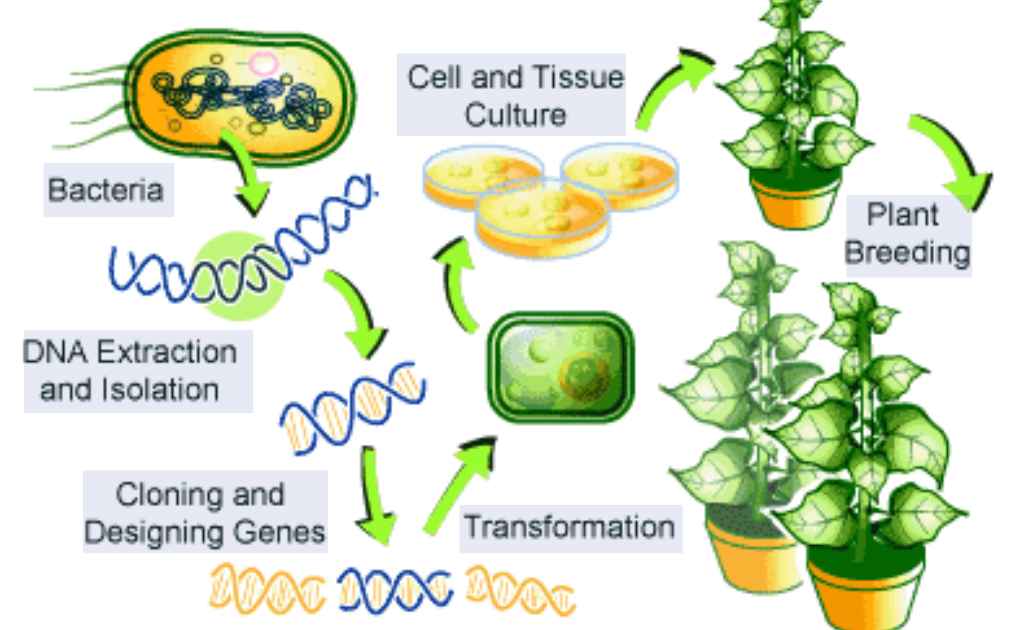What Is Lamarckism?-Lamarck Theory, Significance, And Examples
Jean Baptiste Lamarck was a French zoologist. He studied the taxonomy of animals. He presented a theory for how changes in organisms occur. He thought that species change throughout time.
As a result, the current species are descended from earlier species. Early in his life, Lamarck worked as a botanist. Then, when he was 50 years old, he started studying zoology. His thorough research led him to the conclusion that species were not constant. They were instead generated from species that already existed.
Most biologists at the time, including Georges Cuvier, disagreed with Lamarck’s theories. He was the first evolutionist to conclude that evolution is an all-encompassing fact.

Theory of inheritance of acquired characteristics
Lamarck defined how evolutionary changes occur throughout life. He proposed the hypothesis of acquired trait inheritance. According to Lamarck, environmental issues cause organisms to either produce new organs or to modify the already existing organs.
As a result, the organ adapts to the situation. Lamarck used the giraffe as evidence. According to his description, the giraffe’s ancestors had short necks like other mammals. While browsing, it stretches his neck to reach higher branches. As a result, it developed longer necks and higher shoulders.
The following generation received these adjustments. Any organ becomes significantly developed when it is used. Degeneration of an organ results from its inactivity. It can therefore be used to explain how highly specialized structures like vertebrate eyes evolved.
Basis of inheritance of acquired characteristics
Lamarck’s theories on evolution can be briefly discussed as follows:
1. The organism’s size continues to be increased by the internal forces of life. New structures arise as a result of these internal forces. The size of an organism and its components tends to continuously increase due to the inherent forces of life.
2. An animal’s organs changed suitable way as a direct result of its environment.
3. Depending on how they were used, certain organs either significantly improved or were reduced to remnants.
4. These physical alterations can be passed on to future generations germ cells.
Conclusions of Lamarckism
1. In Lamarck’s perspective, inheritance is the direct transmission of external physical changes. These alterations happened during a person’s lifetime as a result of use or inactivity of organ.
2. Lamarck thought that the gradual changes in species are the product of the environment’s influence. They tend to get better and better, which causes such modifications.
3. In his view, an animal’s requirements alter as its environment does. Certain organs are put under extra strain as a result. Organs that are used more frequently grow bigger and function better. On the other hand, an organ or organs that are no longer in use deteriorate and wither. He proposed the idea that such altered qualities (acquired traits) are passed down to the progeny.
Examples of Lamarckism
Here are some examples explaining Lamarckism:
Long neck of the giraffe
The deer-like ancestor of the giraffe lived in Africa. Here the ground was almost parched and without grass. Thus it has to browse trees. Thus it was continually forced to stretch upwards.
This habit is maintained over long periods by every individual of the race. It had resulted in the forelimbs becoming longer than the hind ones, and the neck so elongated. Thus a modern giraffe can raise his head to a height of eighteen feet without taking his forelimbs off the ground.

Formation of webbed toes in ducks
Ducks and other aquatic birds invaded waters from land in search of enough food. Food was scarce on land at that time. These birds did not have the power to fly. In water, the duck stretched its toes apart to give more push during swimming. This new characteristic was inherited.
Thus the subsequent generation of ducks forms a more defined web. Each generation did the same until the webbed foot seen on ducks today was fully formed. This is then passed on from generation to generation.

Significance of Lamarckism
The Lamarckian theory was clear. It provided orders on how organisms could acquire modifications. It was the first comprehensive naturalistic theory ever developed. Additionally, the hypothesis itself was put to the test. The Lamarckian idea was widely accepted for about 70 years since it was supported by several prominent examples.
Criticism and objections on the theory of Lamarck
In 1802, Lamarck published his theory. He had to deal with societal and academic criticism. His theories of evolutionary change were not well appreciated by society. He did not have a lot of proof to support his claim.
Thus, the majority of scientists did not accept this hypothesis. Lamarck was thus challenged at the time for his theories on evolutionary change. His theory of heredity and evolutionary change is now criticized. There is no convincing evidence for this mechanism.
Gametes transmit the modifications to the upcoming generation. For instance, genetic material does not affect how the giraffe’s neck develops. Therefore, it cannot be passed on to the following generation.
Latest Research About Lamarckism
- Scientists proposed a new algorithm, Meta-Lamarckian-based Iterated Greedy, to solve the Distributed Two-Stage Assembly Flowshop Scheduling Problem with Mixed Setups. Results show it outperforms the current-best-performing algorithm, making it a strong benchmark for solving the problem. [1]
- Scientists note the similarity between Lamarck’s theory of living beings as composing and creating and Jablonka and Ginsburg’s theory of purposeful striving. Lamarck’s theory raises fundamental questions for the latter regarding vivaciousness, learning, and evolutionary transformation. [2]
- Jean-Baptiste Lamarck is remembered for the incorrect concept of acquired character inheritance, which he didn’t give much thought to. He believed that environmental-induced behavioral changes drive species change. His ideas were rejected by almost all of his contemporaries, including those who believed in evolution. [3]

 written by
written by 





Leave a Reply